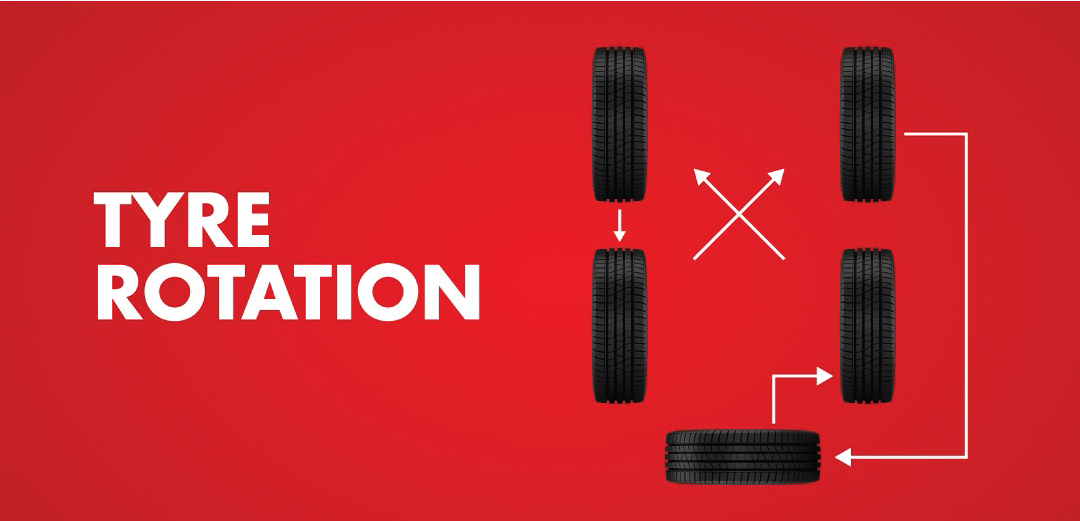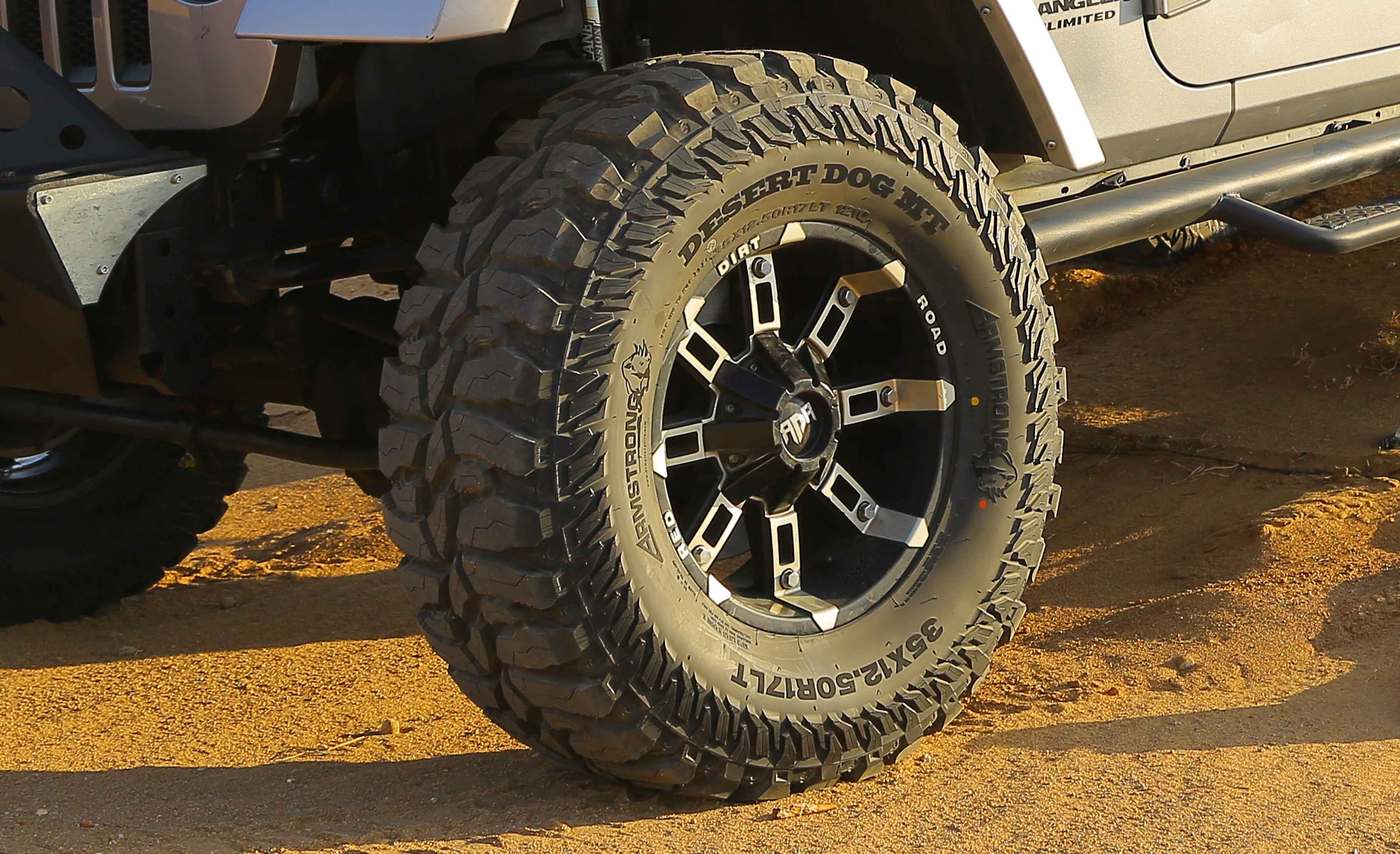
Tyre production is a complicated process involving the assembly of over 250 basic elements. Natural and synthetic rubber, nylon tyre fabric, bead wire, carbon black, strengthening non-black fillers such as silica, vulcanizing chemicals, and anti-oxidants are among the primary components. In this article, we'll look at the tyre manufacturing process from raw ingredients to finished product.
Tyre Raw Materials
Tyres are made of various types of rubber, fillers, chemicals, and reinforcing materials. The main raw materials used in tyre production are:
● Natural rubber: This is a polymer made from latex collected from rubber plants. Natural rubber is utilized for tyre tread and sidewalls because of its excellent elasticity, strength, and durability.
● Synthetic rubber: This is a synthetic polymer created from petroleum, coal, or natural gas. Synthetic rubber is utilized for different components of tyres, including as the inner liner, apex, and bead, since it is more resistant to heat, abrasion, and ageing than natural rubber.
● Carbon black: This is a fine black powder formed by incomplete hydrocarbon combustion. Carbon black is used in tyres as a filler and reinforcing agent because it enhances rubber strength, wear resistance, and heat dissipation.
● Sulfur and other chemicals: These include vulcanizing agents, antioxidants, antiozonants, accelerators, and other additives that change the characteristics of rubber and allow cross-linking reactions to occur during curing.
● Steel wire: This is used for making the beads and the belts of tyres. Steel wire provides strength, rigidity, and durability to tyres, and helps them maintain their shape and size under high pressure and load.
● Textile fabric: This is used to create the plies, or fabric layers, that constitute the skeleton of tyres. Cotton, rayon, nylon, polyester, and Kevlar are all examples of textile fabrics. Tyres benefit from the flexibility and stability provided by textile fabric.
Tyre Production Process
The tyre production process consists of several steps that transform the raw materials into a finished product. The main steps are:
● Blending: This is where the rubber compounds are prepared by mixing different types of rubber, carbon black, and chemicals in giant blenders called Banbury mixers. The resulting mixture is a black gummy substance that is cooled and cut into strips.
● Milling: This is where the rubber strips are further processed and shaped into various components of tyres, such as treads, sidewalls, beads, etc. Some components are also coated with another layer of rubber for better bonding.
● Building: This is where the tyre components are assembled on a drum in a specific order and orientation. The assembly consists of an inner liner, one or two body plies, beads with apexes, belts, sidewalls, and a tread. The assembly looks like a finished tyre but is still soft and uncured. It is called a green tyre.
● Curing: This is where the green tyre is heated and pressed in a mould that gives it its final shape, tread pattern, and sidewall markings. The heat and pressure also trigger a chemical reaction called vulcanization that cross-links the rubber molecules and makes them more elastic and durable. The cured tyre is then cooled and inspected for quality.
Premium Tyre Features and Benefits
Premium tyres outperform regular or budget tyres in terms of performance, quality, and safety. Premium tyres are constructed with high-quality raw materials and modern technology to provide excellent grip, handling, stability, comfort, noise reduction, and fuel efficiency. Premium tyres include the following features and benefits:
● Advanced tread design: Premium tyres have sophisticated tread patterns that enhance traction on different road conditions, such as wet, dry, snowy, or icy roads. They also have sipes and grooves that improve braking, cornering, and water evacuation.
● High-performance rubber compound: Premium tyres have rubber compounds that are specially formulated to resist wear, tear, and heat generation. They also have additives that protect them from oxidation and ozone degradation.
● Reinforced structure: Premium tyres have strong steel belts and textile plies that reinforce their strength and rigidity. They also have robust beads and apexes that ensure a tight fit and seal with the wheel rim.
One of the leading brands of premium tyres is Armstrong Tyres. Armstrong Tyres is a US-based company that has a history of over 100 years in tyre manufacturing. Armstrong Tyres offers a wide range of premium tyres for passenger cars, SUVs, light trucks, and commercial vehicles. Armstrong Tyres are designed and engineered to deliver exceptional performance, quality, and safety on the road. Some of the features and benefits of Armstrong Tyres are:
● Blu-Trac Technology: Armstrong Tyres uses a proprietary technology called Blu-Trac that enhances the grip, handling, and stability of tyres on wet and dry roads. Blu-Trac also reduces the noise and vibration of tyres, making them more comfortable and quiet.
● Run-Flat Technology: Armstrong Tyres offers a range of run-flat tyres that can continue to run for up to 80 km at a speed of 80 km/h even after a puncture or loss of air pressure. This eliminates the need for a spare tyre or roadside assistance, and increases the safety and convenience of drivers.
Tyre manufacturing is a complex and fascinating process that involves various raw materials and processes. Tyres are made of rubber compounds that are blended, milled, built, and cured to form a finished product that provides contact and traction between the vehicle and the road. Premium tyres offer superior performance, quality, and safety compared to standard or budget tyres. They have advanced features and benefits that improve tyres' grip, handling, stability, comfort, noise reduction, and fuel efficiency. One of the leading brands of premium tyres is Armstrong Tyres, which offers a comprehensive warranty program, Blu-Trac technology, and run-flat technology for its customers.
If you are looking for premium tyres for your vehicle, you can visit our website or contact us for more information. We have a wide range of Armstrong Tyres that suit your needs and preferences.
.jpg)


Armstrong Tyre's Guide to Safe Summer Driving in MEA: Tips, Tricks, and Tyre Safety
13-Jul-2023
Read More

